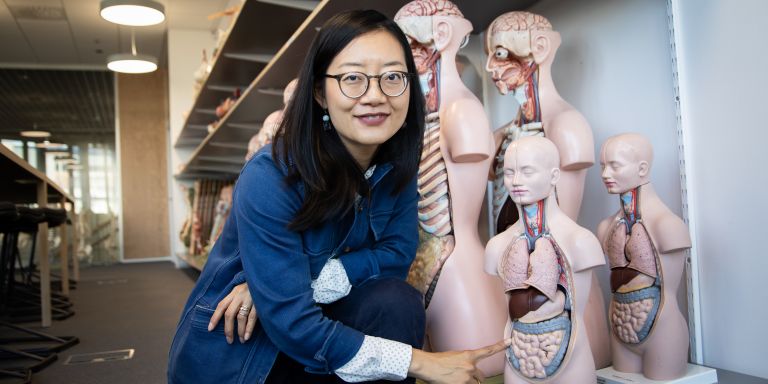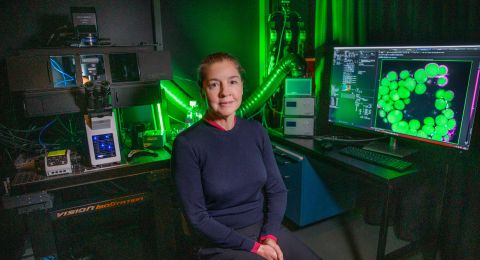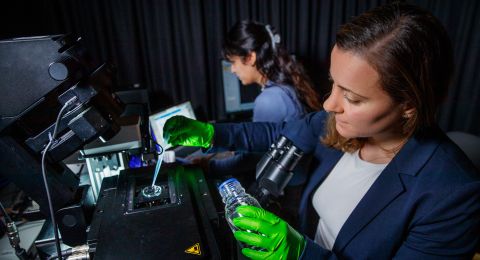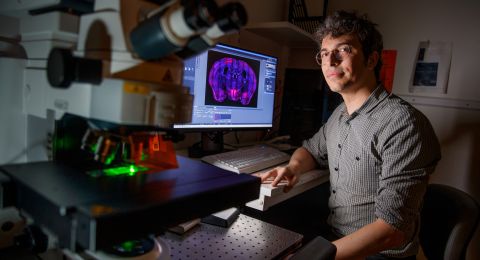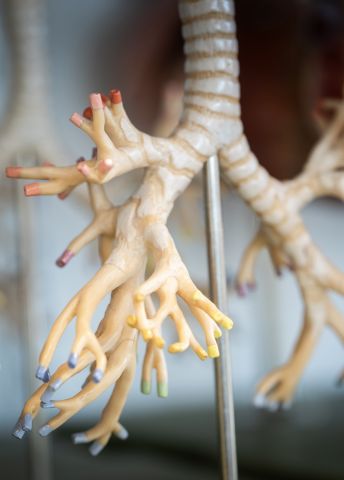
Project Grant 2024
Dissecting the unexplored dimensions of B cell memory
Principal Investigator:
Associate Professor Joan Yuan, Lund University
Co-investigators:
University of Gothenburg
Davide Angeletti
Karolinska Institutet
Karin Loré
Taras Kreslavskiy
Institution:
Lund University
The immune system produces millions of B cells every day, each of them able to form a unique antibody. When we are exposed to an infection, and a B cell with matching antibodies encounters the pathogen, the cell begins to divide. Many of the new cells produce antibodies and work with the rest of the immune system to fight off the infection.
But some of the B cells involved do not produce antibodies immediately. Instead, they develop into memory cells. Their role is to recognize the pathogen if it appears again and to enable the immune system to muster its defenses more quickly and more effectively. This is how we become immune to diseases we have previously contracted, and it is also how vaccines work. Vaccines introduce a harmless form of the pathogen into the body, triggering the production of memory cells that will be activated if we are exposed to the real infection.
Few well-known memory cells
Although memory cells are hugely important, only a small group of them have so far been studied thoroughly. This is partly because other groups lack certain surface structures that characterize the well-studied group. The absence of these structures makes it more difficult to identify and isolate the cells from blood. Another reason is that not all memory cells are found in blood.
“Many important memory cells live only in tissues. Subgroups of memory cells are found in the lungs or intestines, for instance. This makes them harder to access than those that circulate, so they are less studied,” says Joan Yuan.
She is conducting research in immunology at Lund University and is leading a project funded by Knut and Alice Wallenberg Foundation to map the lesser-known memory cells. She is particularly interested in memory cells formed shortly after birth. There is much to indicate that they can be reactivated later in life, triggered by an infection or vaccination, and that they then play a unique role in our immune system.
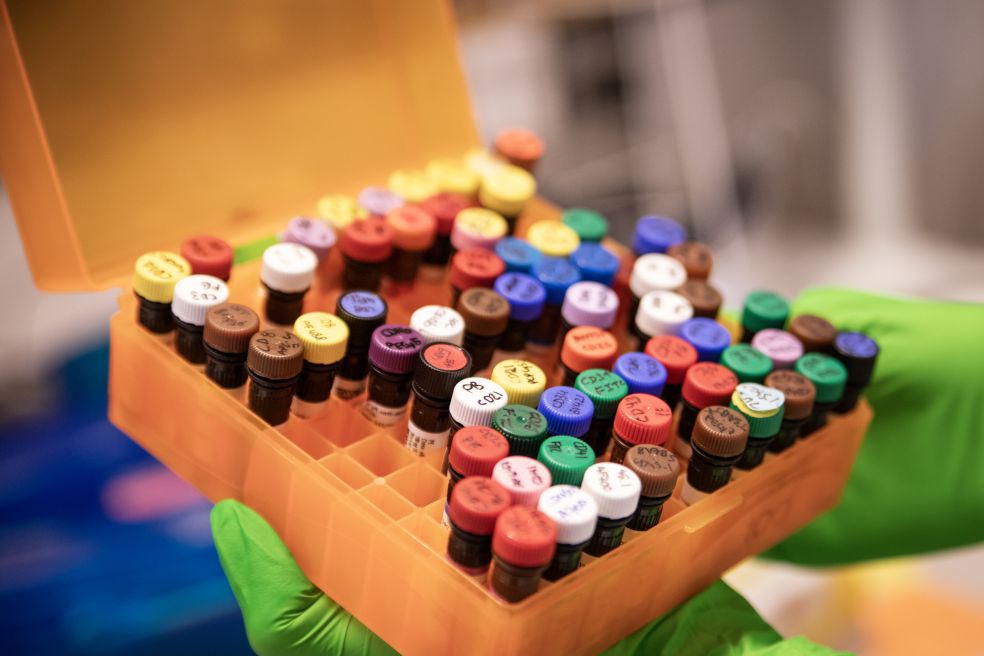
“B cells of neonatal origin constitute an important pool of memory cells with unique reactivity and function,” she says.
Her hypothesis is that cells of this type may help us tolerate harmless substances. Studying them could provide new knowledge about autoimmune diseases, in which the immune system attacks the body’s own tissues – such as gluten intolerance, type 1 diabetes and rheumatoid arthritis.
Research teams inspiring and learning from each other
A central feature of the project is a new animal model: genetically modified mice whose B cells are equipped with genes for fluorescent proteins. When a cell encounters a pathogen and begins to divide, a gene for one such protein is also switched on. The cell then glows a certain color. If the cell is later reactivated, a gene for another protein with a different color is switched on. This enables the researchers to study the life course of different subgroups of cells.
Yuan’s group is mainly studying memory cells from the period immediately following birth. Another team, led by Taras Kreslavskiy at Karolinska Institutet, is focusing on the very first memory cells formed after an infection. Davide Angeletti’s group at the University of Gothenburg is studying influenza viruses and tissue-resident memory cells, while Karin Loré’s team at Karolinska Institutet is researching memory cells during vaccination using macaques, whose immune system resembles that of humans.

“Together, we can use different animal models to confirm key findings. This makes our results more robust and relevant for understanding human immune response,” says Yuan.
The memory cell project is largely basic research, but the scientists hope their discoveries will eventually contribute to more effective vaccinations. Vaccines might be designed in new ways to target a different group of memory cells to provide broader protection, or protection could be improved by giving the vaccine at other times in life or at different intervals. Yuan mentions that the four research teams have recently met and already gained new ideas and knowledge to build on.
“It’s very stimulating, not least for our PhD students and postdocs. The project is creating an entirely new network in Sweden within our field, with broad expertise. The project would not have been possible without the Foundation grant. The work we are doing yields far more than just the sum of the individual teams.”
Text Lisa Kirsebom
Translation Maxwell Arding
Photo Åsa Wallin
